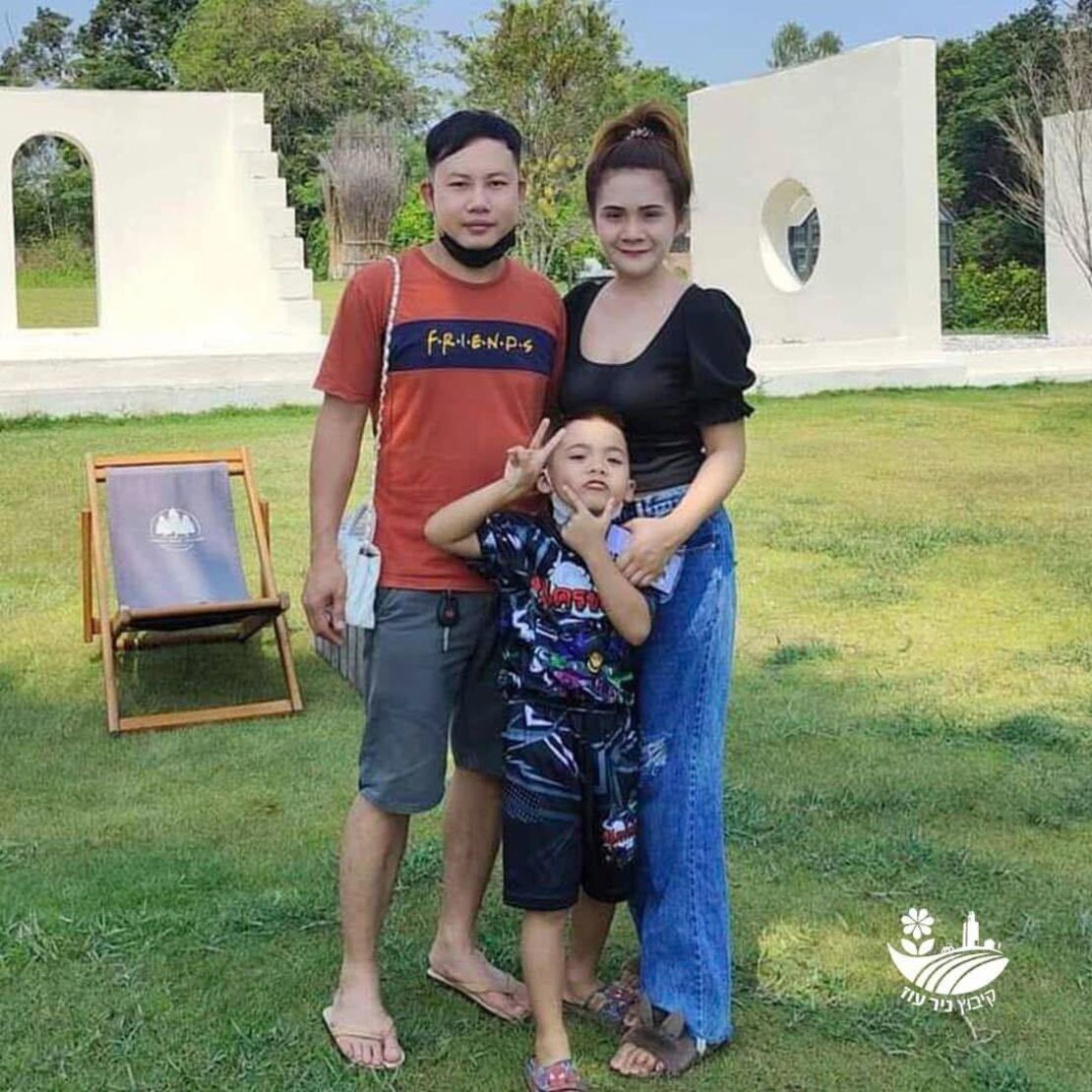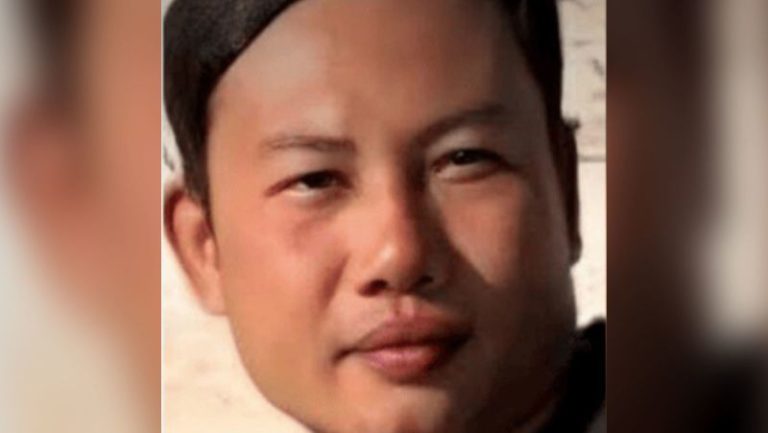
The body of a Thai hostage, Nattapong Pinta, who was abducted alive during the October 7 attacks was recovered from southern Gaza in a military operation on Friday, according to a statement from the Israeli military and the Shin Bet security service.
The announcement comes just days after Israel recovered the bodies of two Israeli-American hostages from Gaza.
Pinta, 35, was taken from Kibbutz Nir Oz in southern Israel where he had been working in agriculture, according to an Israeli military official, who said it is estimated that he was killed during the first months of captivity. Pinta was a husband and father working in Israel to support his family in Thailand, the official said.
“We will not rest until all the hostages, living and deceased, are returned home,” Defense Minister Israel Katz said in a statement.
Pinta was abducted by the Mujahideen, the Israel Defense Forces (IDF) said, a militant group that took part in the Hamas-led October 7 terror attack on Israel. The IDF said it is the same organization that kidnapped the Bibas family and killed Shiri, Ariel, and Kfir Bibas, the mother and two young sons who became the most prominent among Hamas’ captives.

Earlier this week, Israel announced that the bodies of Judy Winston-Haggai, 70, and Gadi Haggai, 72, were recovered from southern Gaza. The two were also taken from Kibbutz Nir Oz. The couple had four children and seven grandchildren.
The retrieval of Pinta’s body comes with an intense Israeli operation underway in Gaza, with the Civil Defense reporting at least 38 people were killed in Israeli attacks on Friday.
The IDF said four soldiers were killed and five wounded early Friday morning when an explosive was detonated in a building in Khan Younis in which they were operating, causing part of the structure to collapse.
A total of 55 hostages remain in Gaza, including one taken in 2014. Twenty are believed to still be alive.
Of the 251 people taken hostage by Hamas militants on October 7, many were migrant workers from poor rural parts of Asia, who had gone to work in Israel’s agricultural, construction and health care sectors to send money back home.

